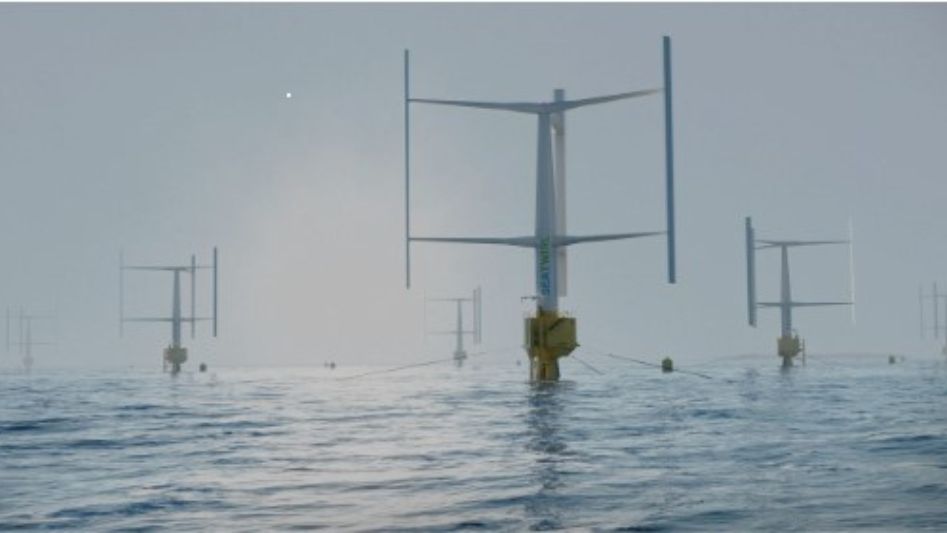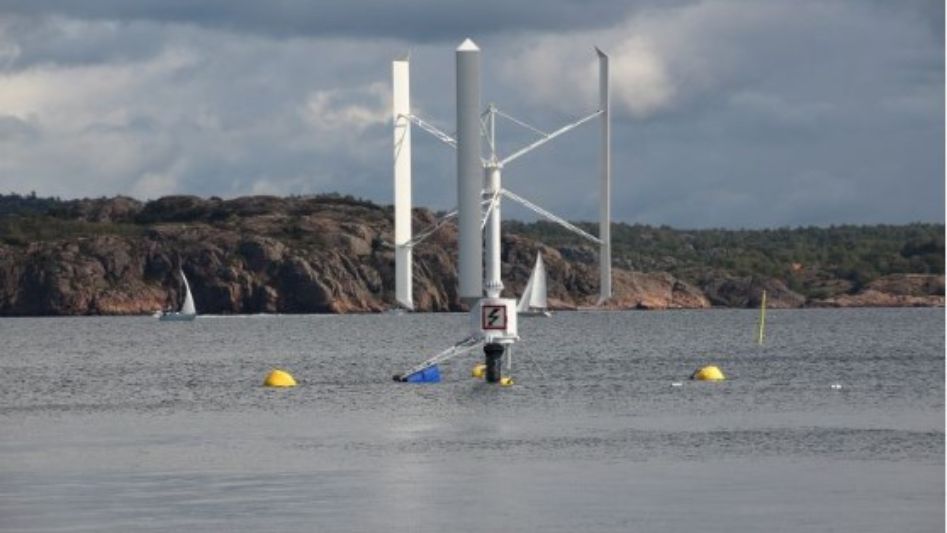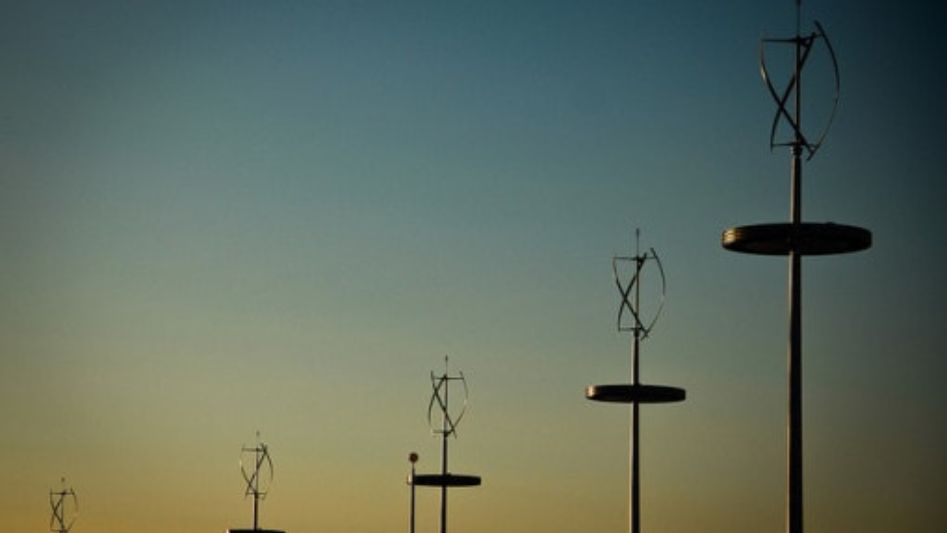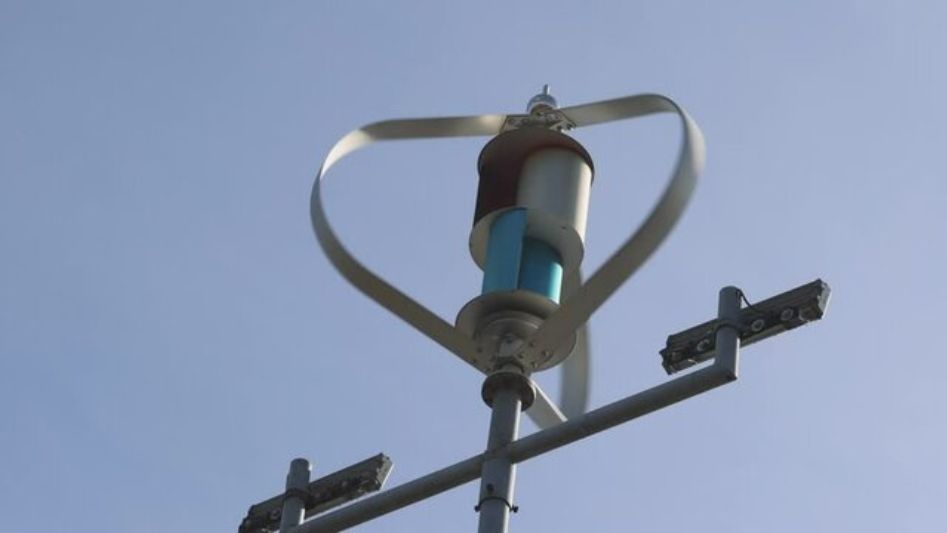Wind energy has become increasingly popular in recent years as a sustainable and renewable source of power. Traditional wind turbines, which feature three blades that rotate around a horizontal axis, have been the most common type of wind turbine used to harness this energy. However, another type of wind turbine has been gaining traction as an alternative option: the vertical axis wind turbine.
In this article, we will explore what vertical axis wind turbines are, how they work, and compare them to traditional wind turbines. We will also discuss the benefits and drawbacks of using vertical axis wind turbines as an alternative to traditional wind turbines.
Table Of Content
We invite you to read: “Vertical Axis Wind Turbines. Can They Work Together?”

What are Vertical Axis Wind Turbines?
Vertical axis wind turbines (VAWTs) are wind turbines that have a vertical axis of rotation, as opposed to the horizontal axis of traditional wind turbines. VAWTs have blades that are attached to a vertical rotor that spins around a central axis.
Unlike traditional wind turbines, which require a certain wind speed to operate effectively, VAWTs can work at lower wind speeds and can be installed in a wider range of locations. VAWTs also have a more compact design, which makes them ideal for urban areas where space is limited.
How do Vertical Axis Wind Turbines work?
Vertical axis wind turbines work by harnessing the power of the wind to generate electricity. As the wind blows, it causes the blades of the VAWT to rotate around the central axis. The rotation of the blades then turns a generator, which produces electricity.
VAWTs can generate electricity in both low and high wind speeds due to their omnidirectional design. The blades of a VAWT are attached to a vertical rotor, which allows them to spin regardless of the direction of the wind. This is in contrast to traditional wind turbines, which require the wind to blow in a specific direction to generate electricity.
We invite you to read: “Are Vertical Axis Wind Turbines Really The Future?”

Benefits of Vertical Axis Wind Turbines:
- Higher Efficiency: VAWTs can work efficiently in lower wind speeds, making them more productive in areas with less consistent wind.
- More Compact Design: VAWTs have a smaller footprint and can be installed in more locations, making them ideal for urban areas and locations with limited space.
- Lower Noise Levels: VAWTs operate at lower rotational speeds, resulting in less noise pollution compared to traditional wind turbines.
- Easy to Maintain: VAWTs have fewer moving parts than traditional wind turbines, making them easier and less expensive to maintain.
Drawbacks of Vertical Axis Wind Turbines:
- Lower Energy Output: VAWTs typically have a lower energy output compared to traditional wind turbines, which means more turbines may be needed to generate the same amount of energy.
- Limited Development: VAWT technology is still in its early stages, which means there are fewer options available and fewer companies producing them.
- Wind Turbulence: VAWTs can be more susceptible to turbulence, which can affect their efficiency and lifespan.
We invite you to read: “The Pros and Cons of Vertical Axis Wind Turbines”

Conclusion
In summary, vertical axis wind turbines are a promising alternative to traditional wind turbines. They have a more compact design, can generate electricity in any wind direction, and can work efficiently at lower wind speeds. However, their lower energy output and susceptibility to turbulence should also be considered when deciding between the two options. As the technology continues to develop, VAWTs may become a more common sight in our energy landscape.
FAQ
Are VAWTs more expensive than traditional wind turbines?
VAWTs can be more expensive to manufacture, but their smaller size and ease of maintenance can make them more cost-effective in the long run.
Can VAWTs be used in urban areas?
Yes, VAWTs are more compact and can be installed in urban areas where space is limited.
Do VAWTs require a specific wind direction?
No, VAWTs can generate electricity in any wind direction due to their omnidirectional design.
You May Also Like
- The Benefits of Implementing Vertical Axis Wind Turbines Offshore
- Small but Mighty: How Vertical Axis Wind Turbines are Making a Big Impact in Cities
- The Long Road to Vertical Axis Wind Turbines (VAWT)
- Vertical Axis Wind Turbines Will Dominate The Floating Offshore Wind Market
- The Advancements in Wind Turbine Technology: Innovations and Trends

